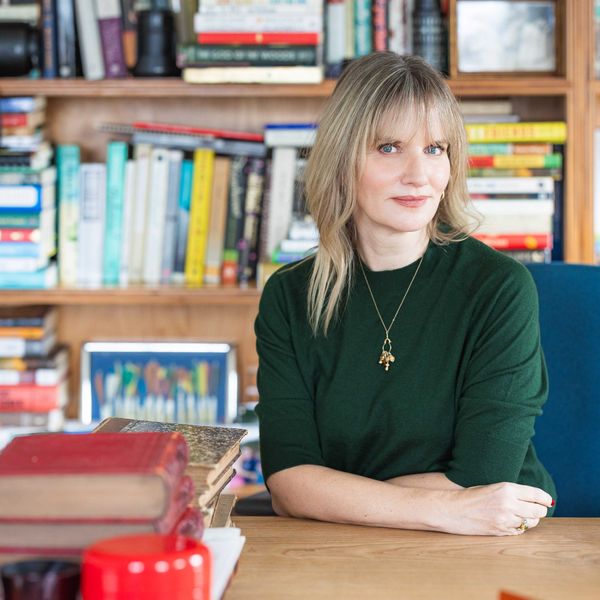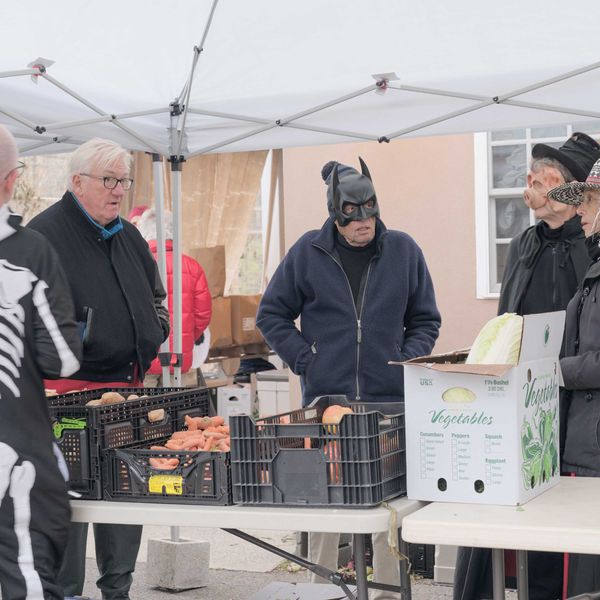Chestnut Market now on Route 22
After 20 years, Cousin’s Mini Market no longer a Wassaic staple
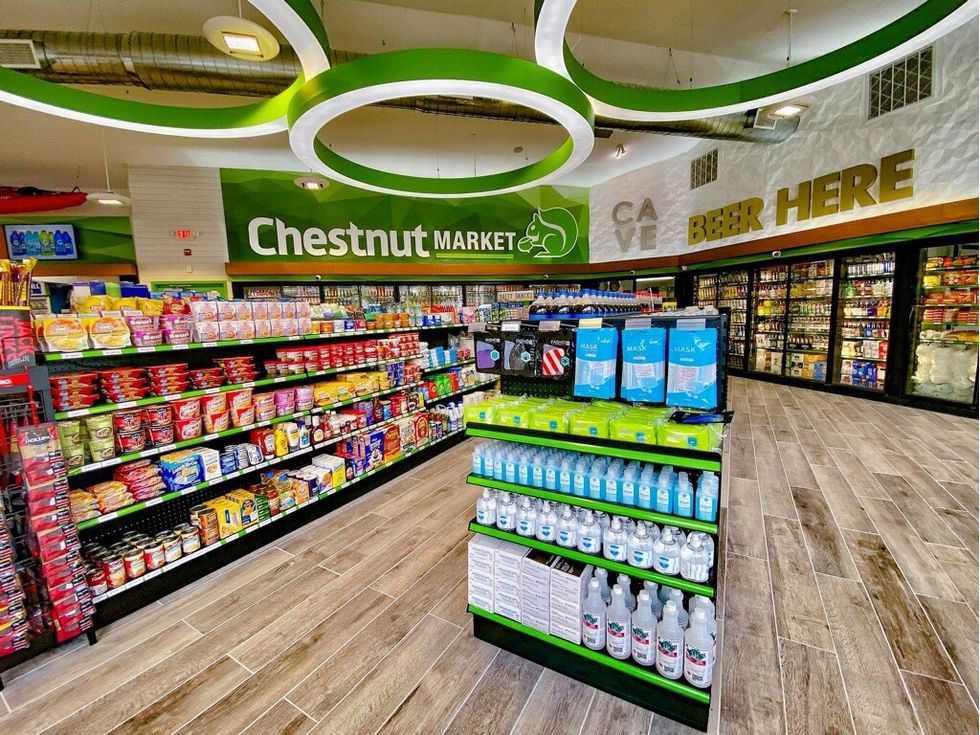
A photo of the newest Chestnut Market, located in Marlboro, aChestnut Market opened at the former Cousin’s Mini Market on Route 22 in Wassaic at the end 2019. Photo submitted

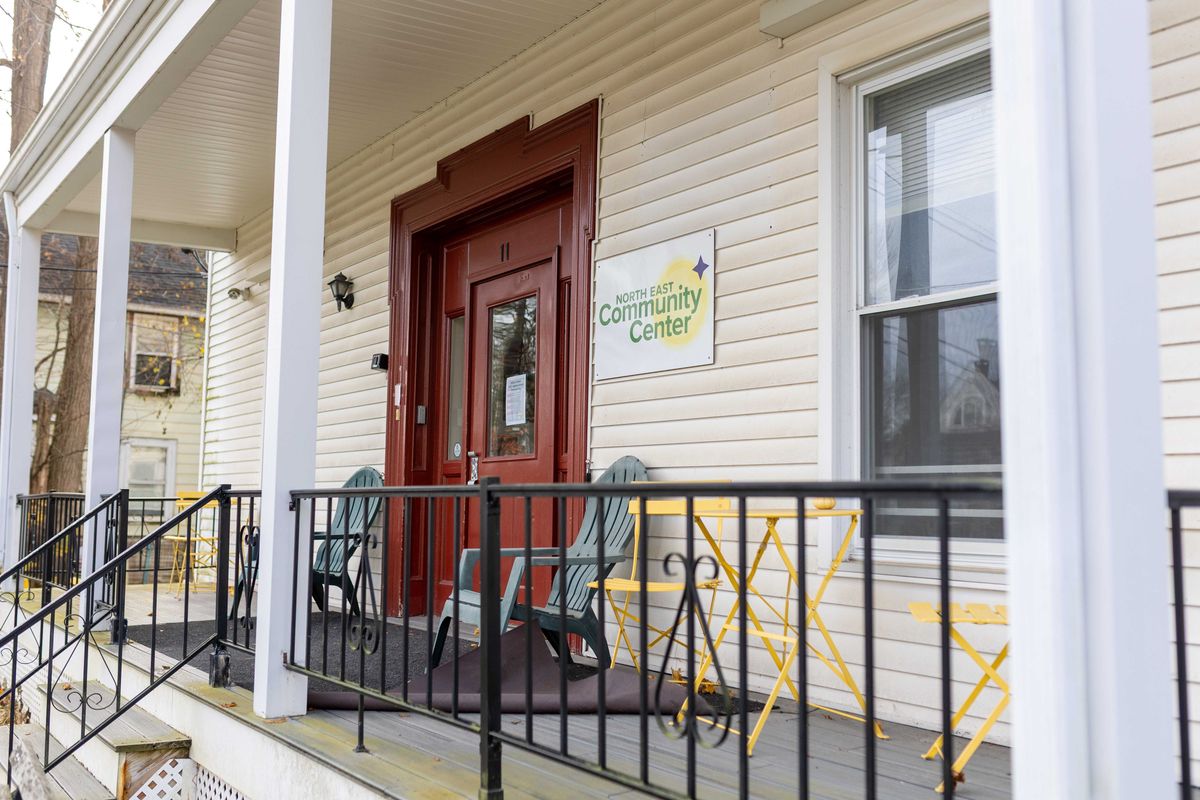
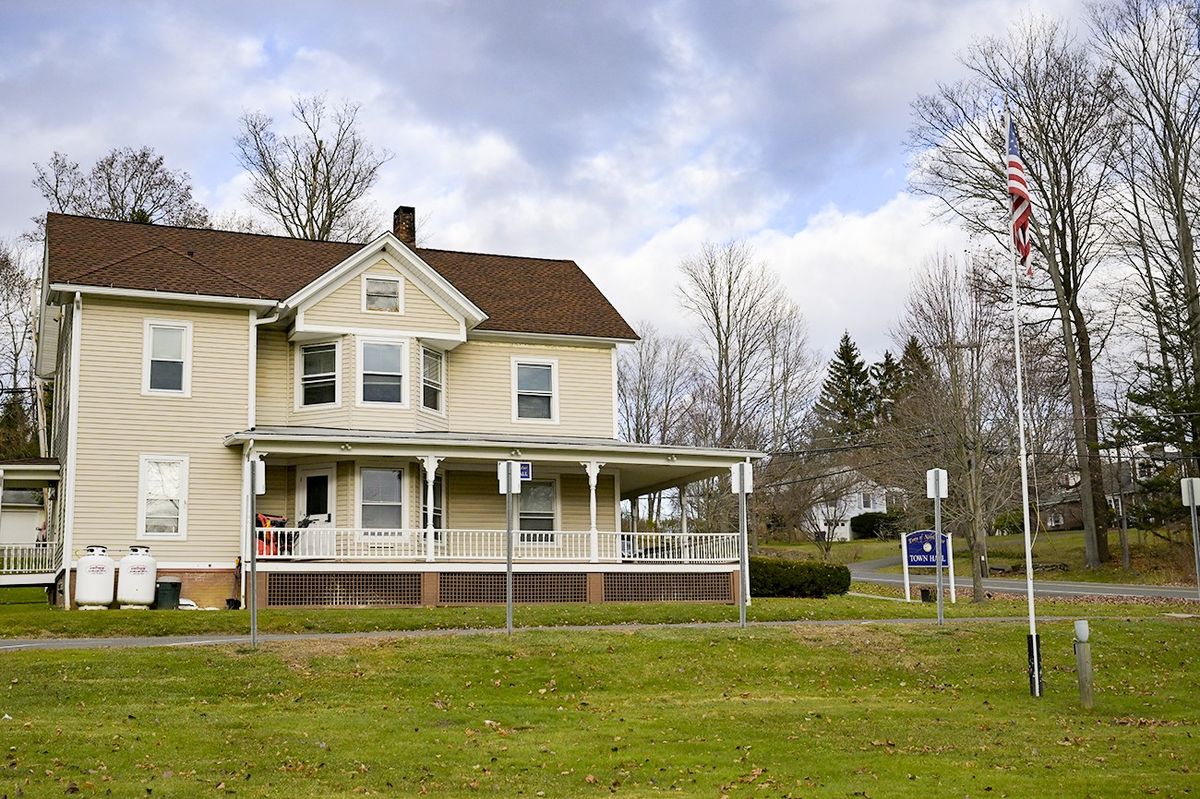
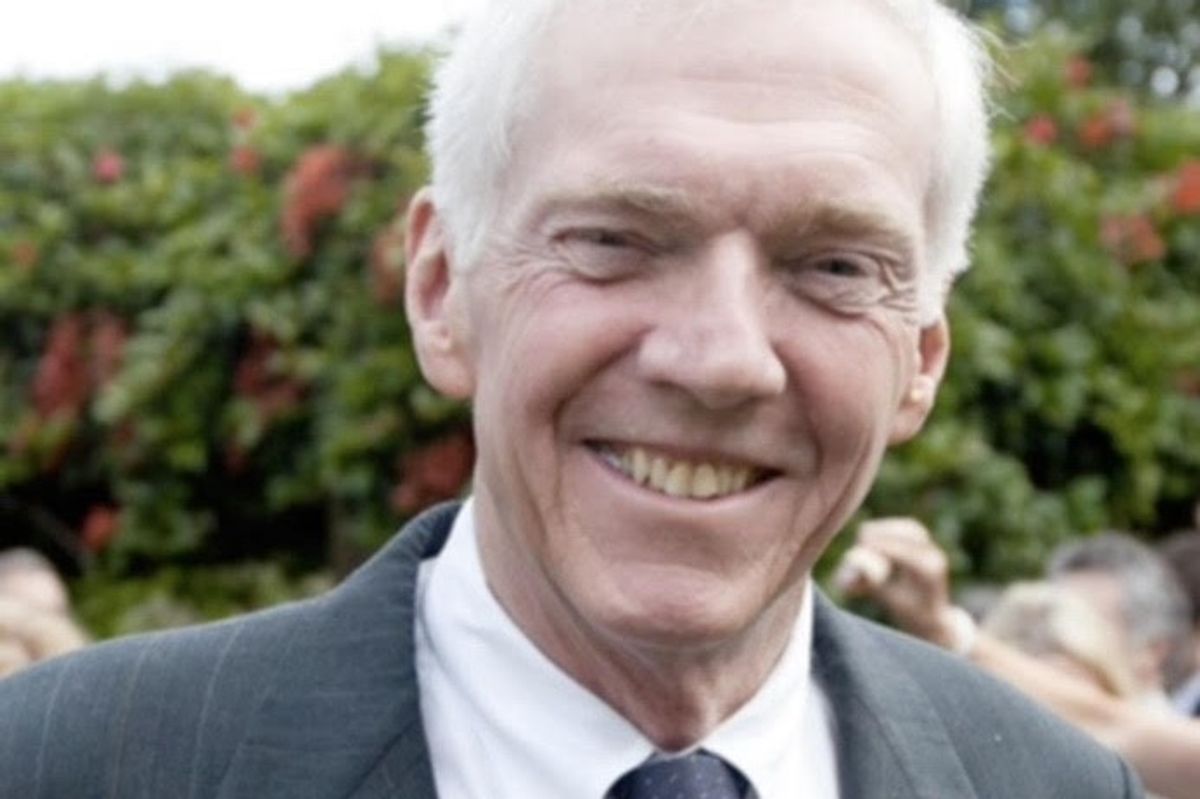



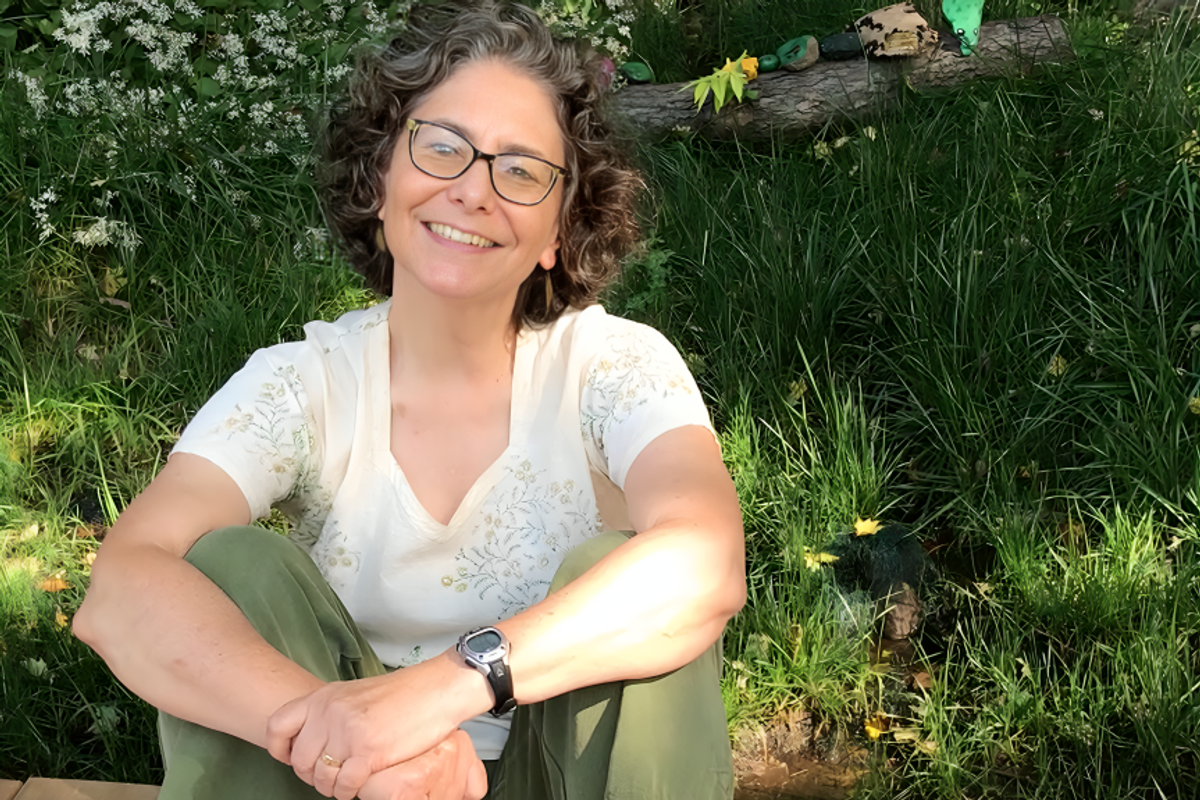
 Visitors to the American Mural Project.Sky Johnson
Visitors to the American Mural Project.Sky Johnson Sky Johnson
Sky Johnson

